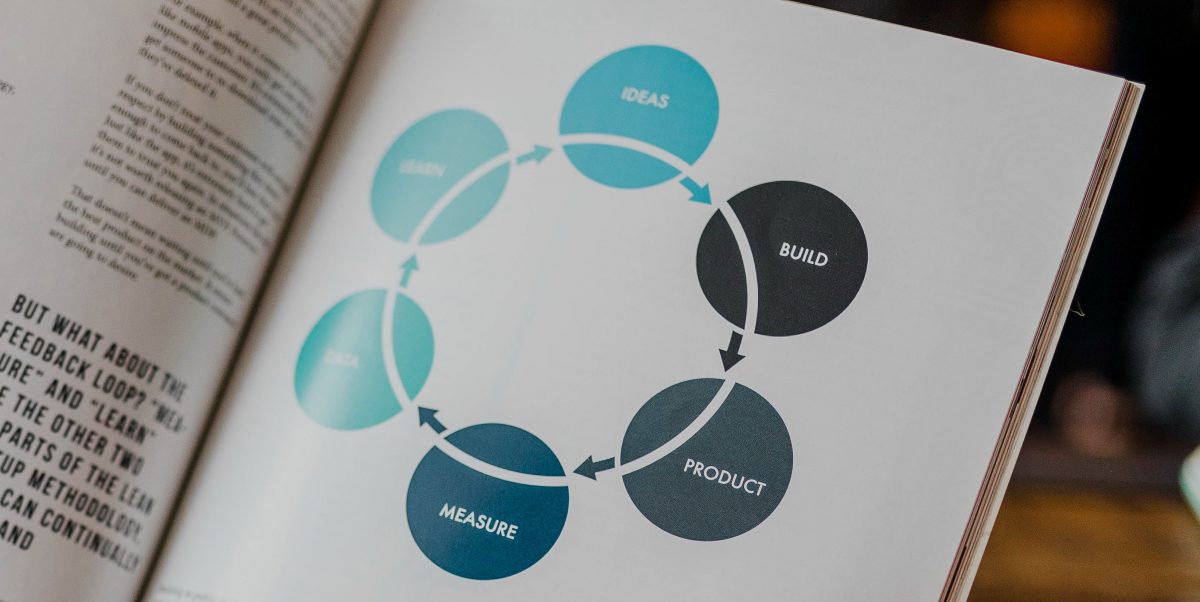You’ve come up with the most brilliant, original idea for an app, and you’ve decided on your target market – now it’s time to start designing, right?
Wrong.
Before moving on, you need to do a little more research. This time, it’s research into your competition. In order to create a successful app, you need to observe the enemy to see what they do well – and what they don’t do so well. We’ve created a spreadsheet you can download to help you keep track of all this data. There are reminder notes attached to the column headings to remind you how to fill all the information in.
Find your competitors
First, in the spreadsheet, you’ll see a column where you can list all of your competitors. While there aren’t any real rules about how many competitors you look into, we usually focus on at least the strongest five and the weakest five, giving you a total of ten apps to study. To find these competitors, make a list of several of the most relevant keywords for your app, and search these on the app store. Make a note of which apps rank highly, and which rank poorly. Once you’ve collected this information, see if there are any trends – do certain apps consistently rank highly for more than one of your keywords (a positive competitor)? Do any consistently rank lower down (a negative competitor)? These are the apps you want to be looking at.
Double-check that these apps are in fact competitors. They should be somewhat similar to your app in some way if they consistently rank well for your keywords, but confirm that they indeed are competitors and fill in why in the spreadsheet.
Once you establish your ten competitors, fill in the spreadsheet with the keywords you searched, the ranking of your chosen apps, and if they are a positive or negative competitor. We have ten keyword spots open on the spreadsheet, but you can take away or fill in keywords as needed.
Check each app
Next, you’ll have to examine each app closely. You should download each app and use it yourself, taking note of what you like and don’t like about the app as you use it. Is it easy to navigate? Confusing? Do all of the buttons work correctly? You must also read many of each app’s user reviews, taking note of what users do and do not like. Fill in what you have noticed in the appropriate spots in the spreadsheet, under “What they do well” and “What they do poorly.”
Use their weaknesses
In the end, you will be incorporating these pros and cons into how you go about building your own app. Take the weaknesses of other apps and make those strong points for your own. Use the features that consistently work well for your competitors. Consider upgrading these features, but don’t forget the saying, “If it ain’t broke, don’t fix it.” It’s a popular saying for a reason!
If you’re reading this post and sitting back the whole time thinking, “I can skip all of this, my idea is completely new and I have no competitors,” think about why you don’t have anyone competing in your field. Maybe it is because your idea has been tested in the past but has never been sustainable. Perhaps there was no demand for the idea. But hey, maybe you have discovered the new big thing!
Now that you’ve researched your competition, it’s time to get to the fun part and create your first mockup!




